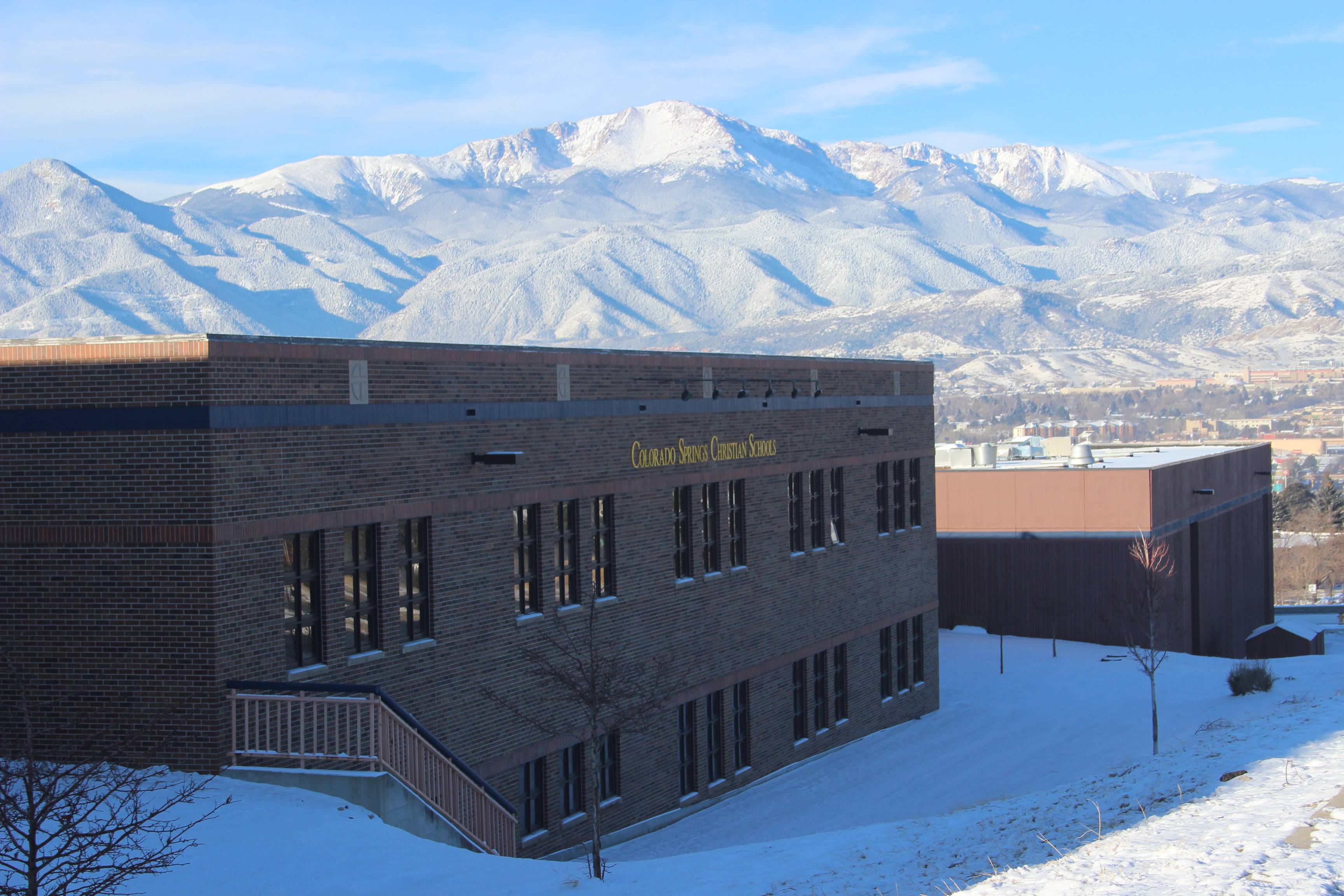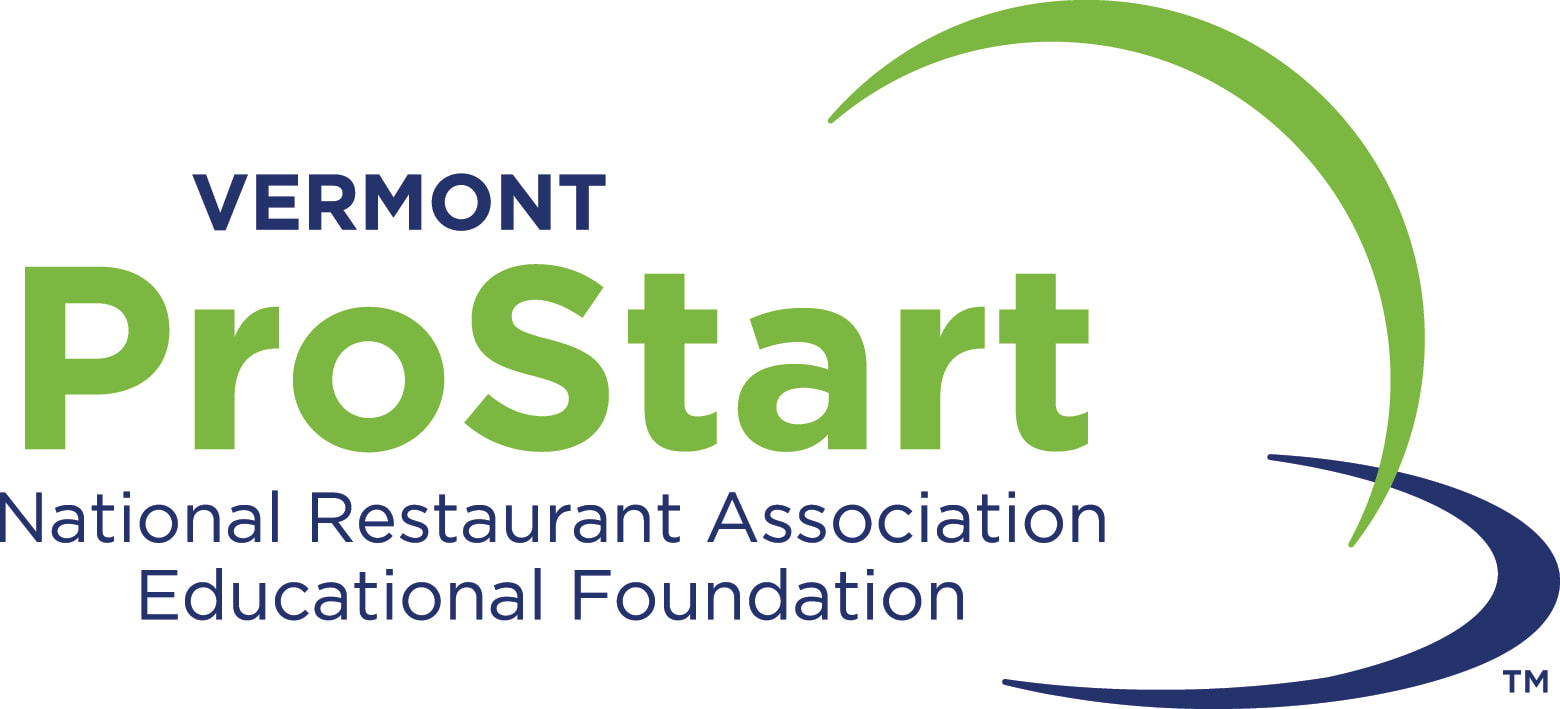
The education levels in a state can be assessed using a dataset. The online dataset allows users to view various metrics about the education level in a given state. It is possible to compare the educational attainment for native and nonnative residents. This information can help determine how prepared a state is for future job opportunities.
Immigrants have lower levels of education than natives
Many immigrants have lower education levels than most natives. Some immigrants, such as those from the Philippines, may have only high school or none at all. This may be a benefit for some jobs as immigrants might have better manual skills. A second advantage to immigrants are their language skills. This may make them more attractive in certain industries.

A study done in Poland revealed that immigrants from the former Soviet Union (and other eastern European countries) had lower education scores than natives. However, the MENA region's immigrants had the largest educational gaps. They had a gap of more than 2 decades between those who had finished school and those who did not.
The average educational attainment of immigrants with foreign degrees was lower than that of natives. They were also less likely than natives to earn a bachelor's or higher degree. It was also less likely that first-generation immigrants would complete a college diploma than those born to native parents.
They compete for jobs with foreign workers
The United States labor market is suffering from a shortage skilled workers, especially those with higher education. Over the past three decades, the demand for skilled workers has grown dramatically, but the supply has not kept pace. This situation frustrates employers who can offer high wages but are unable to find qualified workers at home. This is why they frequently seek foreign workers to fill the vacancies and lobby for less restrictive immigration policies.
They have lower rates of home ownership
In the last decade, 30 percent of homeowners have less than a highschool diploma. This trend is mainly driven by economic factors. There are fewer jobs and the US population is becoming more diverse. Housing prices are also rising. Many homeowners have been priced out by rising housing prices, even though they don't have a high-school education. Moreover, many were victims of predatory lending.

The increasing importance of the relationship between education and homeownership is growing. The gap was just 15% in 1990. It now stands at 28 percent. Higher incomes are also a factor in homeownership. Homeownership is 40% more likely for those who have the lowest income than those who have the highest.
FAQ
What is the distinction between public and private schools, you ask?
Public schools are free for all students. They provide education for students from kindergarten through highschool. Private schools charge tuition fees for each student. They offer education from preschool until college.
Charter schools can also be found, which are privately owned but are not publicly funded. Charter schools are not bound by traditional curricula. Charter schools allow their students to explore what interests them.
Charter schools are a popular choice for parents who believe all children should have access and quality education regardless their financial situation.
How long should I spend preparing for college?
How much time you have available to study and how long it takes to prepare for college will determine the amount of time you spend on preparation. You should begin college preparation courses if you intend to go to college right away after high school. However, if you have plans to wait several years before starting college planning, then you don't necessarily need to do so until later.
It is important to discuss your plans and ideas with your parents, teachers, and other family members. They may suggest certain courses of study. It's important to keep track and record the grades received in each course. This will enable you to plan for next year.
What does it take to be a teacher early childhood?
First, you must decide if early childhood education is what you want to pursue. You will need to earn your bachelor's degree if you decide to pursue a career in early childhood education. Some states require students hold a master's degree.
You will likely also have to attend classes in the summer months. These courses can be taken to learn about topics such as pedagogy and curriculum design.
Many colleges offer associate degrees that can lead to teaching certificates.
Some schools offer bachelor's or certificates in early childhood education. Others only offer diplomas.
There may not be any need for additional training if your goal is to teach from home.
Statistics
- These institutions can vary according to different contexts.[83] (en.wikipedia.org)
- And, within ten years of graduation, 44.1 percent of 1993 humanities graduates had written to public officials, compared to 30.1 percent of STEM majors. (bostonreview.net)
- Data from the Department of Education reveal that, among 2008 college graduates, 92.8 percent of humanities majors have voted at least once since finishing school. (bostonreview.net)
- Think of the rhetorical power of nineteenth-century abolitionist Harriet Beecher Stowe, Martin Luther King, Jr., or Occupy Wall Street activists with their rallying cry of “we are the 99 percent.” (bostonreview.net)
- They are more likely to graduate high school (25%) and finish college (116%). (habitatbroward.org)
External Links
How To
Where can I go to be a teacher?
Teaching jobs are available in public elementary schools, private elementary schools, public middle schools, private middle schools, public secondary schools, private secondary schools, charter schools, private and parochial (Catholic) schools, public and private (non-religious) daycare centers, and other settings.
To become a teacher, you must first complete a bachelor's degree program at one of the following:
-
A four-year university or college
-
A program for associate's degrees
-
Some two-year community college programs
-
Combinations of these three types programs
To qualify for certification for teaching positions, applicants must meet state requirements. These include passing standardized test and having a probationary period.
Many states require applicants to pass the Praxis II test. This test measures the candidate’s knowledge in reading, writing mathematics, and language arts.
Many states require that candidates obtain a specialized license in order to be certified to teach.
These licenses will be issued by the boards of education in each state.
Some states grant licenses with no additional testing. In these cases, the applicant should contact the board of education in his or her state to determine if this is true in your area.
Some states will not issue licenses to applicants who have not completed a master's program.
Others allow students to apply directly for licensure to the state board.
There are many licenses available. They vary in cost, length, and requirements.
For instance, some states only require a high-school diploma, while others require at least a bachelor's degree.
Some states have specific requirements for training, such a literacy or child-development course.
Some states require candidates have a master's before they can become licensed.
Many states ask potential teachers about their past employment when applying to be certified.
It is possible to mention other professions in your application.
However, almost all states will accept work experience from any type of previous job.
You may wish to list your previous job title, position, and years of service.
Potential employers often find this information useful.
It shows them that you have relevant skills and experiences.
You might have acquired valuable work experience or learned new skills while working.
Your resume can show this to future employers.